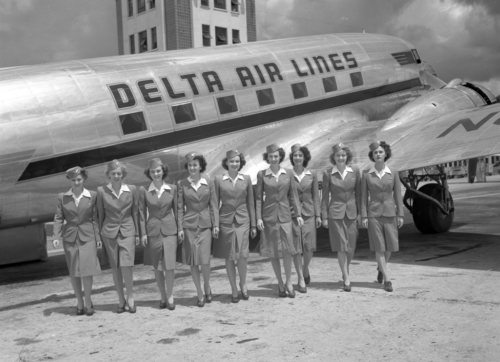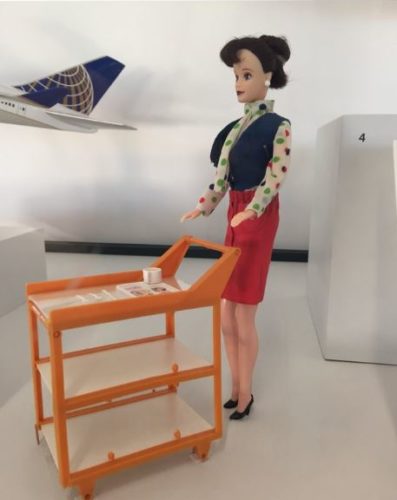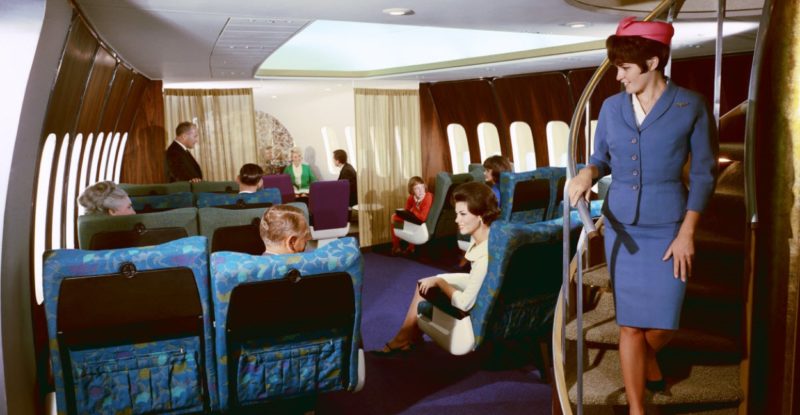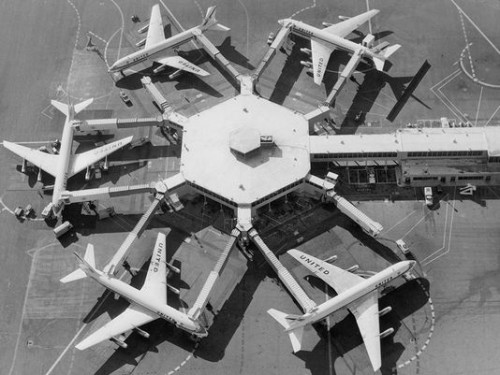
(Courtesy Delta Air Lines)
The new “Fly With Me” film tells the story of women hired as ‘stewardesses’ in the days when airline policies dictated everything from their weight to their marital status.

(Courtesy United Airlines)
More importantly, the film documents those women who went on to fight – and win – battles for equal pay, gender and race equality, and workplace reform.

(Courtesy Alamy)
“So many of the women who became flight attendants were young, ambitious, and adventurous,” said Sarah Colt, who directed the film with Helen Dobrowski. “Some thought they’d do the job for 2 or 3 years and then follow societal norms of the 50s and 60s and get married and move on. But the job became much more of a career for them,” said Colt.
On the job, pilots – who were all male – could be married.
Stewardesses could not.
On the road during layovers, each pilot had a single hotel room. Stewardesses had to share.
Stewardesses could not wear eyeglasses and had to ‘retire’ once they reached age 32 – long before they had enough years on the job to secure a pension.
“No other job offered as much freedom with such a high cost of conformity,” said Julia Cooke, the author of “Come Fly the World: The Jet Age Story of the Women of Pan Am,” in the film.
It didn’t take long for stewardesses to get savvy. And their fight for rights in all aspects of the job mirrored, matched, and helped push forward what was taking place in the broader women’s and equality rights movement.
The film includes almost two hours of first-hand accounts, archival footage including everything from vintage airline commercials to TV news reports, as well as comments and insights from historians and legal experts.
And step by step “Fly With Me,” takes us through important milestones in the history of the flight attendant rights movement, expertly making connections to world events underway at each stage.

(Courtesy San Diego Air and Space Museum)
Where to see “Fly With Me”
“Fly With Me” premieres as part of the American Experience series on Public Broadcasting TV, PBS, Tuesday, February 20, 2024, 9:00-11:00 p.m. ET (check local listings). The film will also stream on PBS.org and the PBS App.





